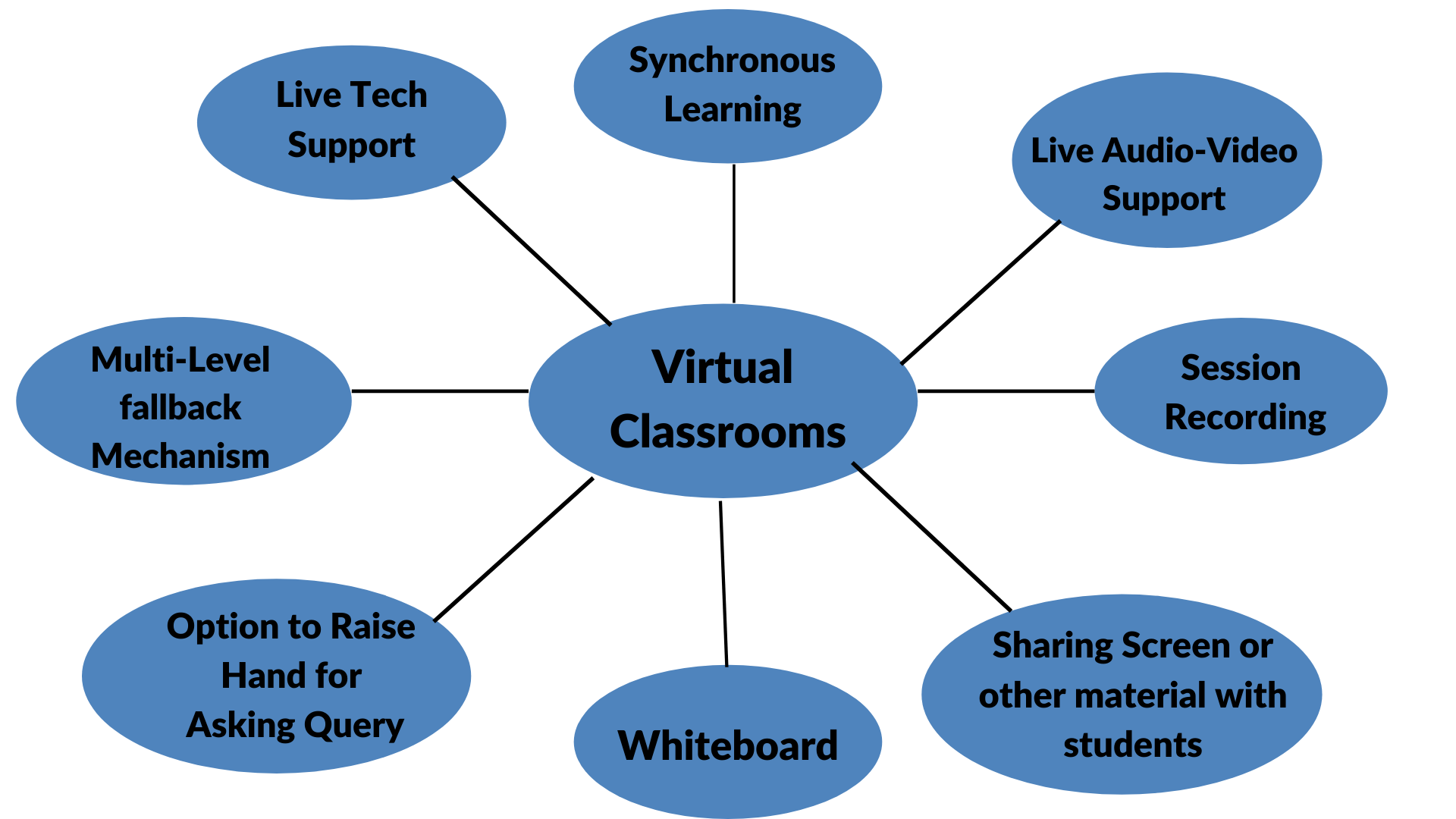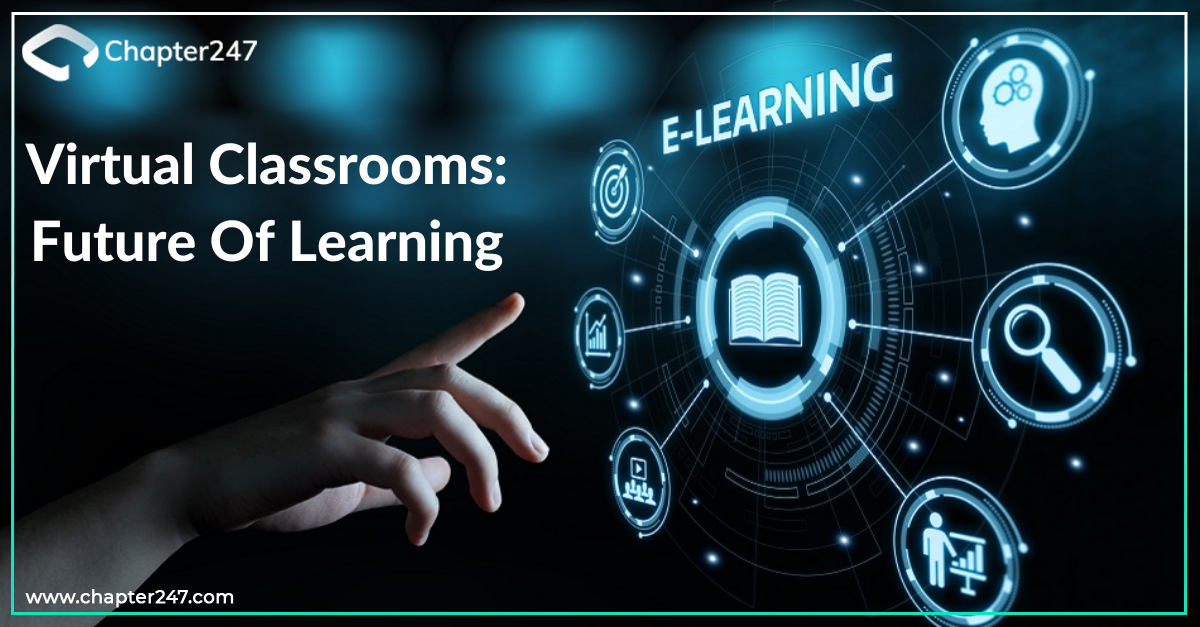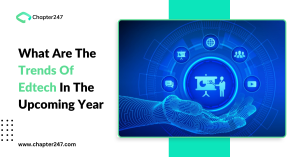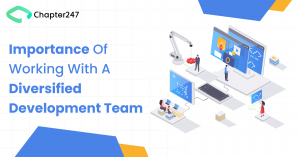The last decade has been marked with a strong system of networked computers, better internet connectivity including the encompassing of 5G technology in many developing nations, the boom of social media, cloud computing and a host of emerging technologies that have transformed the Education industry.
Combining the power of all major emerging technologies, edutech organizations have successfully created a learning experience like never before: Virtual classrooms.
Innovative technologies have transformed traditional methods with the embracing of digital media, communication, and bandwidth to deliver learning at a lesser cost.
What is a virtual classroom?
An endearing feature of a virtual classroom is that it mimics the concept of face-to-face classroom instructions. Virtual classrooms are like a linking bridge that connects the learners from across the globe to instructors making quality education more accessible.
Anyone, literally anyone can now access the benefits of high-quality learning, with a device, an internet connection, and user credentials.
It is an online web-based tool that virtually creates a classroom environment similar to a traditional classroom wherein the students and professors login concurrently. In this classroom, instructors will deliver lectures, elaborate as much as they can about course topics, group assignments, take quizzes and polls. Virtual classrooms are independent of any user-side software. There are essentially no downloads which are why it is an efficient tool of avid online learners. Students and instructors can log in to the virtual classroom in the link so provided.
The components of virtual classrooms are effectively represented below-

Source: Timeless Learn tech
The Losing sheen of traditional education
In the United States, student loan debts have surged to $77 billion, taking the grand total to $1.16 trillion.
The rising cost of college tuition is forcing learners to search for other viable alternatives. It leads them to online learning, which is projected to grow more than $241 billion by 2022.
Without a doubt, the traditional education system is practiced all over the world but it is losing its popularity because everything is a part of the digital revolution including education.
The need for virtual classrooms has strengthened because of the disadvantages of traditional methods.
High Costs – Traditional methods of education compared to virtual models imply that by the time you complete your graduation, the expenses so incurred on it including tuition fees, ETA and other facilities skyrocket. Online education is more affordable as it eliminates several costs that come midway.
Time-consuming – In these times, managing time for traditional education especially college level has become difficult. This is true in the case of higher education in developing nations where students have to work for sustenance also.
Limited interaction – In traditional classrooms, it is difficult to make interacting with smart minds spread globally. But since virtual classrooms encourage collaborative learning.
Generalized learning – The concept of generalized education makes it difficult for students to learn things that they are interested in. Every student is different with different talents and interests which traditional modes of education fail to provide. Students are spending a lot of time earning their degrees on courses they are not even interested in.
Lack of flexibility – Since traditional education follows a rigid schedule of delivery, it spares no time for students to engage in other upskilling activities amidst several assignments and study hours.
Accessibility: You can assess virtual classrooms from every corner of the world. The availability of this learning tool at any time and from anywhere has made its popularity reach skies. Now geographical confinements are not a barrier anymore.
Characteristics of virtual classrooms and how you can get it?
The rate at which technology is progressing, the value and importance of virtual classrooms and online learning have skyrocketed. Virtual classroom solutions have branched out at several levels.
The use of mobile
Mobile-optimized virtual classrooms is the new mantra of Virtual classrooms. If your learners can’t access your course from their mobile devices, then something is amiss. Mobile accessibility allows learners great flexibility in where and the mode they learn. Hence it proves to be beneficial not just for the students but also for the companies providing it. This is relevant across all learning ecosystems.
Chapter247’s facilitation of Mobile learning – Mobile learning is popular because it is not just cost-effective but also versatile. Learners apparently prefer the course to be in sync with their daily activities. Keeping this need-based and just-in-time mechanism we have devised several Elearning mobile apps that help in enhancing the learning experience. The flexibility of these apps makes it intuitive and engaging for the students and professors.
Our mobile application catalog of services offer solutions to make a robust platform for easy learning on mobile devices.
Collaborative learning
It is the time when virtual learners are collaborating with each other more than before. Students are chatting in the inbuilt forums, conveniently teaming for projects and also competing aggressively. Learners have started considering these digital spaces to build a network with the best minds all over.
Chapter247’s collaborative learning solutions – We are a leading provider of end-to-end collaborative learning solutions ranging from Audio/Visual technology, diverse communication platforms and customized learning software solutions for all classrooms. Our Edtech experts have been successful in providing some of the best collaboration learning solutions for classrooms with interactive technologies.
Interactive
Virtual classrooms offer flexibility in the manner lessons are provided. In the traditional model, students sit in the classroom, listen to the lecture and take notes. But virtual classrooms provide the liberty to engage with the learning resources in a creative manner.
How does Chapter247 make it interactive? Flipped classrooms, gamified lessons and scenario-based learning in combination with new-age technologies have helped us to provide interaction-based learning.
| SimpleStudy is a perceptive custom eLearning and self-assessment solution that empowers students to evaluate their exam preparation leveraging advanced technology. Our team created and delivered prime functionalities that students can leverage for test prep. See how this LMS platform had all the ingredients of a collaborative learning system with the use of advanced technologies. For the same client, our interactive mobile application solutions for both Android and iOS platforms with incorporated AI-based technologies increased not just student retention but also made the learning experience interesting. |
4.Combination of synchronous and asynchronous learning
Virtual classrooms combine the forces of synchronous learning (live lessons through a chat room or conference call) and asynchronous learning meaning that the instructor can post the lesson lecture and learners can complete it at a time convenient to them. It is a sturdy combination of real-time group sessions, private tutoring as well as convenient-based learning for better productivity and outcome.
Tools that you can get
With LMS being a combination of both real-time as well as scheduled-based learning, we successfully embedded several tools to make it happen:
- Bulletin Board
- Webcasts
- AV teleconferencing
- Easy chat facilities
- Shared whiteboard
- Scheduled notifications and much more
5.VR/AR
Apps based on these technologies combine digitalization and learning allowing students to gain information visually. These technologies provide a strong ground to improve the overall experience. For instance, if a student has to explore the wild animals in a jungle, the technology enhances learning by taking the students to a jungle expedition using a smartphone app, VR glasses or earphones.
The way ahead
In this digital era, the education sector is undergoing a massive transformation. Students as well as the universities across the world are not dependent anymore on uni-dimensional, age-old chalk and board methods of providing learning. Instead many educational institutions are relying on digital tools to facilitate and contextualize the learning process by bringing e-learning to the forefront.
Those organizations that are yet to adopt e-learning in their overall strategies should realise that students have to grapple with a mountain-load of information daily. That becomes extremely difficult to manage if not tackled with strategies benefitting both sides. On top of that as discussed in the article, accessibility increases, costs get lower and there is virtual personalization of delivery that offers flexibility of learning.
Why Chapter247?
We are a leading education software and eLearning software development company that intermingles in our technological abilities, to offer exhaustive custom eLearning solutions to augment and administer the support systems of educational institutions and universities.Our wide experience and a great deal of work in this sector has helped our clients with a rich repertoire of solutions including:
- University and School Management
- Assessment management
- Interactive E-learning app solutions
- Predictive Analytics embedded with performance rating
- Audio & Video augmented solutions and much more









